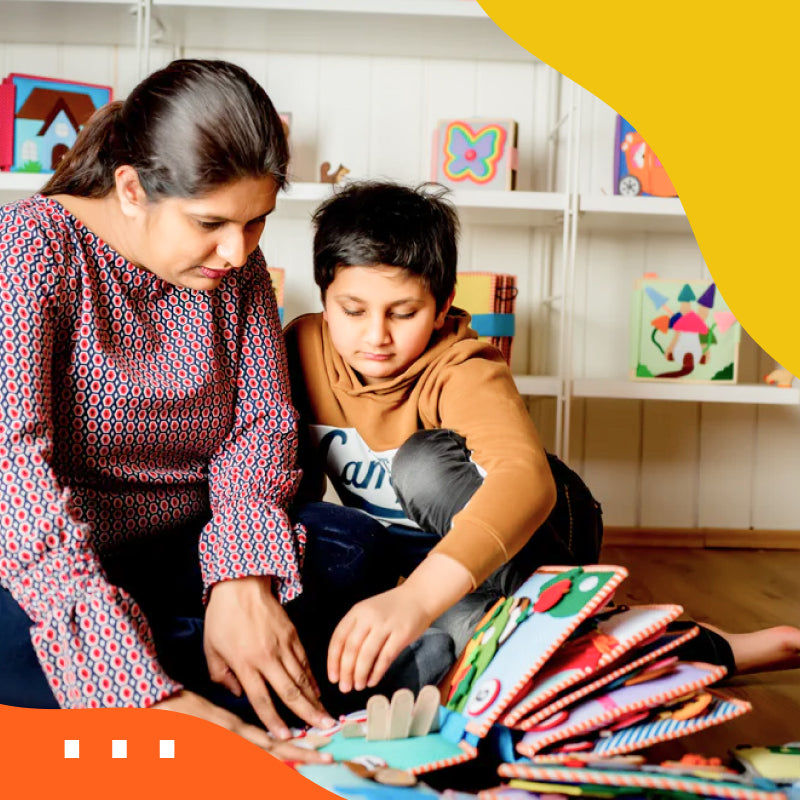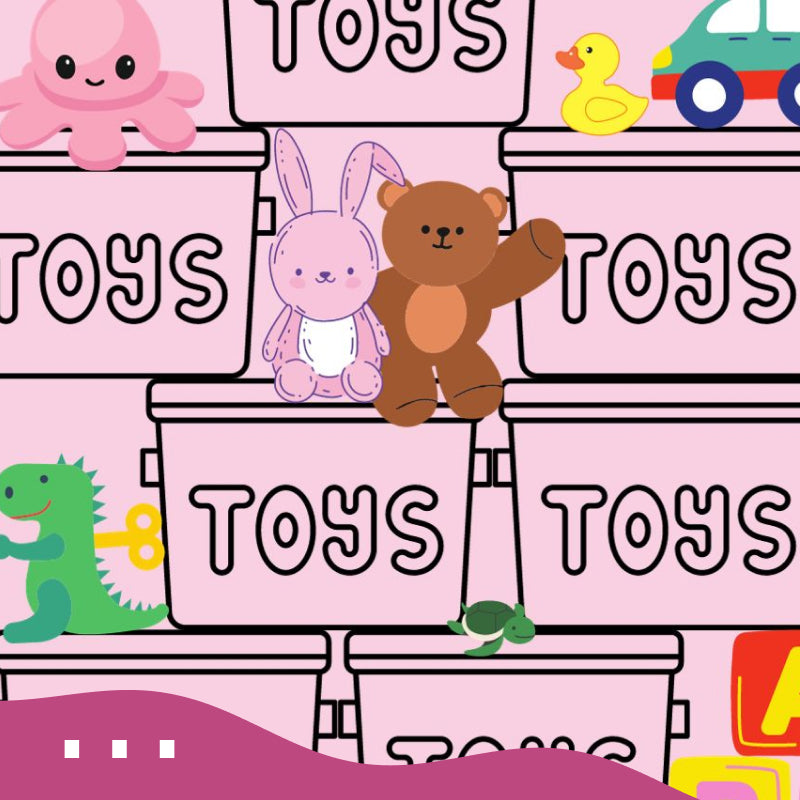Two years ago, when children's birthdays could still be celebrated in a big way, we were visiting friends. The children were running around, we adults were drinking coffee in a cosy atmosphere. Outside, the snow was falling and one of the three-year-olds stood spellbound in front of the door that led out onto the patio, watching a small dog romp around on the neighbor's property some distance away. And then - a familiar movement. The child's hand expertly placed three fingers on the glass pane, trying to zoom in on the little dog in the distance.
"Bit too much time in front of the iPad these past few weeks," the kid's dad said, startled - and the rest of us felt caught. Because let's not kid ourselves, it could very well have been one of our kids.
One hour of media use per day is considered the maximum for young children between the ages of two and four. A quick round of KiKa in the morning before breakfast, a game on dad's mobile in the afternoon, then watching a few funny videos on YouTube and TikTok, and a quick Facetime with grandma and grandpa after dinner before the Sandman comes on - a large proportion of preschool children spend much more time in front of the screen than recommended by the WHO. Children under the age of two are even advised not to consume any media, yet even when they are playing, the TV is often on in the background and mobile phones and iPads serve as quick distractions.
The consequences? Irritability, aggressiveness, sleep disorders, delayed language development, poor motor skills, altered attachment behaviour, lower self-esteem and an increased risk of depression and obesity.
As parents, we are often too busy or too tired to have the same discussions with our kids over and over again about why friends from daycare should be allowed to watch more movies or why the cell phone has no place in bed. Especially now, in times of lockdown and home office, the iPad and TV are not infrequently welcome babysitters when we simply need some air for ourselves.
As a working mother who works a lot in the home office and at the same time has to help two children in distance learning to go through piles of worksheets and do homework, I too sometimes reach my limits and notice that I am becoming more lenient when it comes to time in front of the screen.
Without clear rules, it doesn't work at home either. The mobile phone does not belong at the dining table, playing games on the iPad is limited in time, the TV is only switched on for selected programmes and does not run in the background. But the most important thing for us is to offer our children concrete alternatives instead of simply limiting media consumption.
That's why, when our children were young, we developed the first prototypes of our Quiet Books [link]. It was important to us that the sensual discovery of our children is promoted, that they can develop cognitively and motorically in free play, completely without noise, batteries and plastic. We quickly noticed that we were always successful in reducing our children's media consumption when we focused less on screen time and more on alternatives to fill the many hours in a day in a meaningful way.
What works well for us as an alternative play and leisure activity:
- A large craft box with ribbons and buttons, empty wrappers, old magazines, glue sticks, scotch tape and wrapping paper that the kids are free to help themselves from. Every now and then we add a little something extra, a few glitter pens or stickers, so that the choice of materials doesn't get boring.
- Going for a walk in the fresh air! This works best for us when all the necessary things are to hand and we don't have to spend hours looking for wellies and thermos.
- Cooking together is family time. Even very young children like to help out around the house, setting the table and cutting vegetables and fruit. Do you already know our beautiful kitchen set [link] made of wood? With it, little cooks are perfectly equipped to help cook their favourite spaghetti.
- Sticker books and bead sets are great for preschool and elementary school age children to use their time creatively.
- A classic for uncomfortable mucky weather: have the kids build dens out of pillows and blankets and have a little indoor picnic with a plate of apple slices, nuts and cheese cubes. Add a string of lights to make it extra cozy.
- For younger kids, our Quiet Books [link] are perfect for keeping yourself occupied for a while or making up stories with you parents and going on big explorations with little fingers - each of our books invites creative play and learning.
- Have you heard of plogging? It's a word made up of jogging and plocka, the Swedish word for pick up. All you need is a big bag of rubbish - and off you go into the woods or the city park to collect discarded plastic cups and chocolate wrappers. If you don't want to run, you can also do it in a relaxed way while taking a walk.
- With a dress-up box filled with some discarded clothes and colourful scarves, dad's old shirts and discarded costume jewellery, kids can let their imaginations run wild. Our cute animal masks [link] are a nice addition.
- Toniebox, a radio show for kids or a radio play on Spotify - these are a great way to get through rainy afternoons at our house, happy to do arts and crafts or build things or just sit on the sofa.
- A warm bath helps you relax. With paint soap or bath paints, a few water-safe toys or a few blown-up balloons, the bathtub quickly becomes a favorite playground before bedtime or just to wind down in between.
Even for us, there are days when iPad, mobile phone and co are a last resort - and that's fine. Used sensibly, your child can learn a lot on the screen and develop positively if you also create a balance through other activities. The more of these opportunities there are and the more often they are used, the easier it is for children to gradually reduce the time spent in front of the screen, our experience shows us. And - hand on heart - that goes for us adults, too.
What are your best tips for getting your kids to spend more time in free play and less time in front of their phones? I look forward to hearing your suggestions!
Best wishes, Nishtha


Leave a comment
All comments are moderated before being published.
This site is protected by hCaptcha and the hCaptcha Privacy Policy and Terms of Service apply.